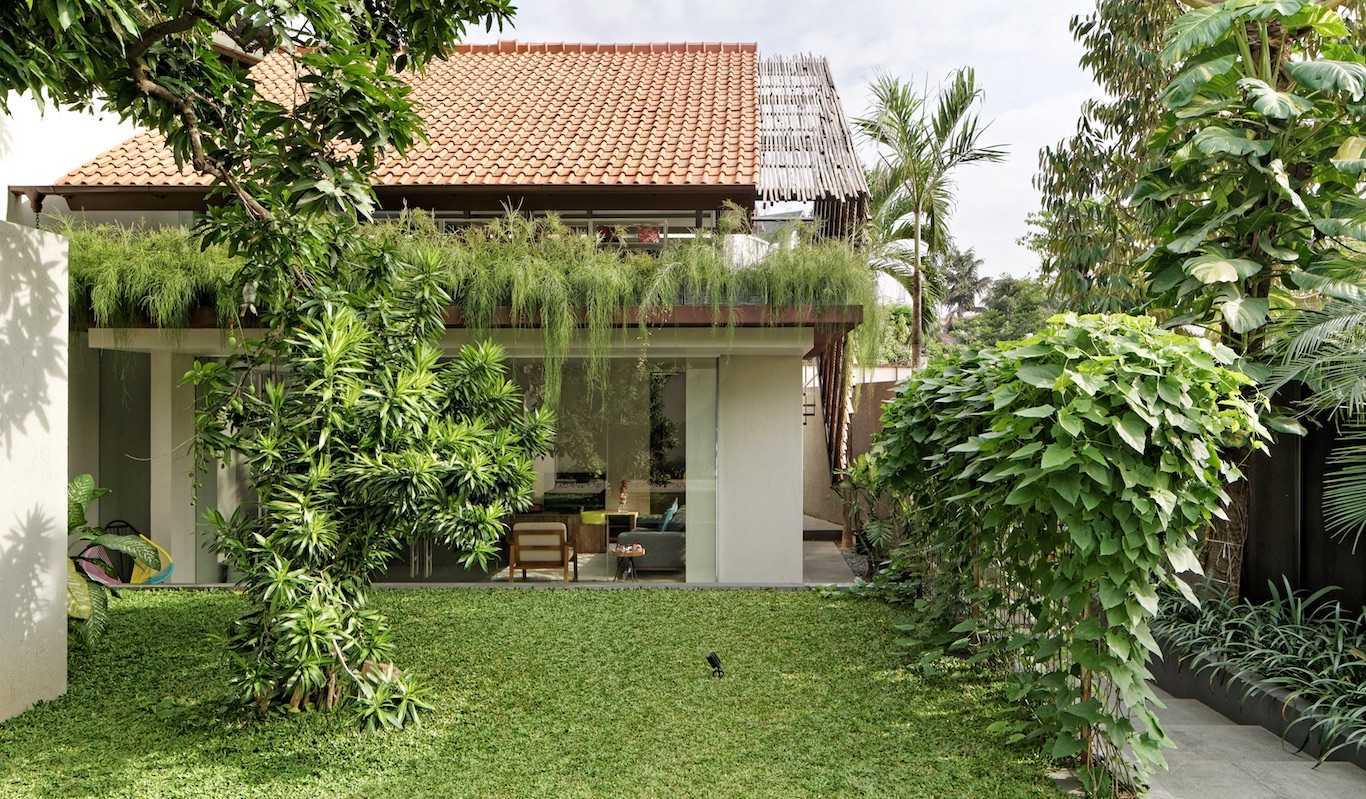Integrated Pest Extermination: Holistic Approaches for Effective Control
Understanding Integrated Pest Extermination Integrated Pest Extermination Techniques represent a holistic and sustainable approach to…


Understanding Integrated Pest Extermination
Integrated Pest Extermination Techniques represent a holistic and sustainable approach to pest control. This method combines various strategies to manage pests effectively while minimizing the use of harmful chemicals. Let’s delve into the key components of integrated pest management and how it contributes to a balanced and eco-friendly approach.
Biological Pest Control Methods
One cornerstone of integrated pest extermination is the use of biological control methods. This involves introducing natural predators, parasites, or pathogens that target specific pests. By harnessing the power of nature, these methods help maintain a balance in ecosystems without causing harm to non-target species. Ladybugs, predatory mites, and beneficial nematodes are examples of biological controls.
Cultural Practices for Pest Prevention
Integrated pest management emphasizes cultural practices that create an environment less conducive to pest infestations. Proper sanitation, crop rotation, and maintaining healthy soil conditions are essential components. By disrupting the life cycle of pests and creating unfavorable conditions for their reproduction, cultural practices form a crucial aspect of integrated pest extermination.
Mechanical Pest Control Measures
Mechanical control methods involve physical barriers or tools to manage pest populations. This can include traps, barriers, and manual removal. Traps for rodents, insects, or larger pests offer a targeted and eco-friendly way to control populations without resorting to chemical solutions. Mechanical control measures are precise, minimizing the impact on non-target species.
Chemical Control as a Last Resort
While the emphasis of integrated pest management is on non-chemical methods, judicious use of pesticides may be considered as a last resort. If necessary, eco-friendly and targeted pesticides are selected to minimize harm to beneficial organisms and the environment. This approach ensures that chemical control is used sparingly and only when other methods prove insufficient.
Monitoring and Early Detection
Integrated pest management relies on continuous monitoring to detect pest populations at an early stage. Regular inspections enable the implementation of timely interventions, preventing the escalation of pest issues. Early detection ensures that control measures can be applied more effectively and with less impact on the overall ecosystem.
Crop Rotation for Sustainable Agriculture
In agricultural settings, crop rotation is a vital component of integrated pest management. Changing the types of crops grown in specific areas disrupts the life cycles of pests that are specific to particular plants. This natural practice reduces the build-up of pest populations, promoting healthier crops and sustainable farming practices.
Habitat Modification for Pest Prevention
Creating an environment that is less favorable to pests is another key strategy in integrated pest extermination. This may involve altering landscaping, removing debris, or implementing structural changes to discourage pest habitats. By modifying the habitat to be less inviting to pests, this approach contributes to long-term pest prevention.
Education and Community Involvement
Integrated pest management places a strong emphasis on education and community involvement. Providing information to farmers, homeowners, and communities about sustainable pest control practices fosters a collective responsibility for environmental stewardship. This awareness encourages individuals to actively participate in pest management using eco-friendly techniques.
Home in Harmonia’s Commitment to Integrated Pest Extermination
For those seeking effective and sustainable Integrated Pest Extermination Techniques, Home in Harmonia leads the way. Their commitment to holistic pest management ensures that clients benefit from a comprehensive and eco-friendly approach that prioritizes the health of both ecosystems and communities.
Conclusion
In conclusion, Integrated Pest Extermination Techniques offer a comprehensive and sustainable solution to pest control. By integrating biological, cultural, mechanical, and, when necessary, chemical control methods, this approach minimizes the impact on the environment while effectively managing pest populations. Home in Harmonia’s dedication to integrated pest management reflects a commitment to responsible and eco-friendly pest control practices for a healthier planet.







